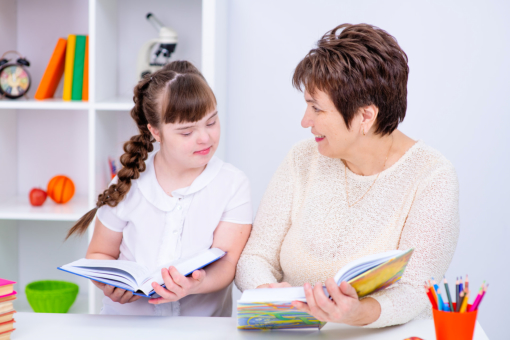
Unlike normal kids, children with autism need special attention and care, considering their unique way of learning and expressing. If you have kids or relatives with this condition, availing of ABA Therapy in Pembroke Pines, Florida is the best first step to care for their growth. With this service, you’ll know their inclinations and behavioral patterns. Contact an expert to give you a viable training plan for them, especially in the best ways to cultivate their character and personality.
Benefits of Using Rewards for Kids with Autism
Giving positive reinforcement is one of the effective strategies to use when training children with autism. This strategy greatly helps their personality and character formation in the following aspects:
- Consistency
The thought of rewards could encourage kids to be more compliant and consistent with their personal behavior management plan and goals. - Make learning fun
Offer exciting rewards to kids, and they’ll surely commit to giving more. - Fosters a habit of success
Regardless of age, positive reinforcement is an effective habit-building technique. By incentivizing rewards, autistic kids will relate to winning with good behavior.
The right programs and providers of behavior therapy in Miramar City could do great wonders for your kids.
Why Give Kids with Autism a Solid Early Childhood Training
Regardless of gender and physical traits, kids need to receive solid training during their formative years, which is between 0 to 8 years old. During this time, kids will remember what they’ve heard and seen more effectively, and this stage is also when they need social support the most. Habit-building aside, giving positive reinforcement can easily be considered as social support.
Are you now looking for a provider of Applied Behavior Analysis in Broward Country, Florida for kids with autism? If yes, Behavioral Initiatives might be of help.






Leave a Reply